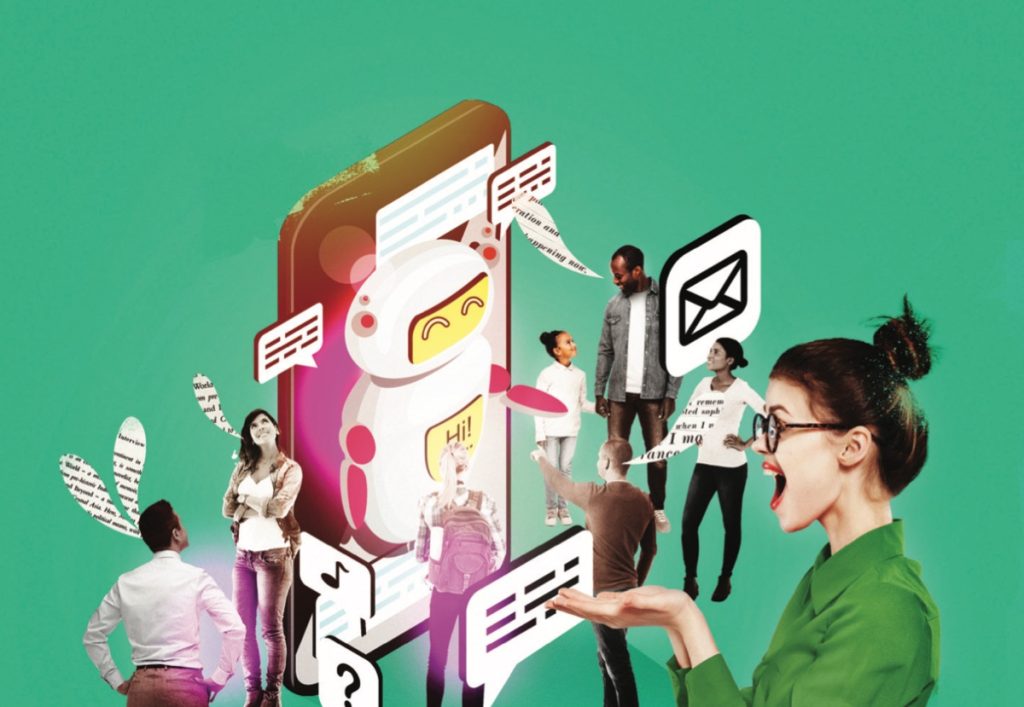In the rapidly evolving world of the cruise industry, finding the right balance between human expertise and technological innovation is crucial. This article explores the complexities and solutions involved in achieving this integration.
Emphasising a user-centred approach, the role of technology and people evolves, prioritising customer experience. Both elements are vital for maintaining a personalised service that meets diverse customer expectations.
The Importance of a User-Centred Approach
The integration of technology in the cruise industry is driven by the need to enhance customer experiences. According to Traveltek’s chief commercial officer, Cressida Sergeant, successful technology implementation involves designing systems with users in mind, ensuring they are intuitive and accessible.
Conducting user research and usability testing is essential in developing technology that aligns with user needs. This practice ensures that the solutions not only improve efficiency but are also user-friendly, thereby enhancing customer satisfaction.
Balancing Technology with Human Touch
The personal touch remains irreplaceable, even as technology shapes customer interactions. While some customers appreciate the convenience of online bookings, others prefer the traditional approach of printed tickets.
A diverse customer base necessitates offering choices. Maintaining a blend of digital and human interactions is pivotal in creating a customer-centric business model.
Training and Support for Effective Use
Training is pivotal to successful technology adoption within the industry, fostering proficiency and comfort in new systems.
Technology must come with robust support mechanisms. This ensures that both staff and customers can leverage the benefits of technological advancements confidently and effectively.
Proper training enables staff to assist customers better, particularly those less technologically inclined, integrating human expertise seamlessly with digital tools.
Challenges in Maintaining Brand Identity
While technology can streamline operations and content creation, preserving brand identity remains a challenge. The unique style and personality of a brand must be reflected in all interactions.
Automated systems, though efficient, require monitoring to ensure they embody the ethos of the company. This balance helps maintain a consistent brand image across all platforms.
Customer Preferences and Technological Adaptation
Understanding varied customer preferences is key to technological adaptation. Some guests may opt for minimal interaction, while others seek personalised services.
Offering flexible service options accommodates diverse preferences, ensuring all customers feel valued and catered to. This adaptability is crucial in sustaining customer loyalty.
The industry must remain agile, ready to adjust based on emerging customer trends and feedback, integrating new technology while retaining essential human elements.
Future Prospects for Cruise Technology
The cruise industry’s future lies in embracing both technological innovation and the human touch. Advanced tools like AI, exemplified by ChatGPT, show potential for handling routine inquiries.
Yet, the human element will continue to play an essential role in delivering bespoke experiences. This hybrid model is likely to shape the future of the cruise sector.
As technology evolves, so must strategies for integrating it with human skills to offer enriched, customer-focused experiences.
Conclusion: Towards a Harmonious Integration
The cruise industry stands at a pivotal juncture, where blending technology with human interaction can lead to unparalleled service quality. Achieving this harmony requires careful strategy and execution, benefiting both the business and its clientele.
In conclusion, the blend of people and technology is not merely a trend but a necessity in the modern cruise industry. By focusing on customer experience and adaptability, businesses can navigate the future with confidence.
Continuing to innovate while valuing the human touch will ensure the industry remains both competitive and welcoming to diverse customer needs.

